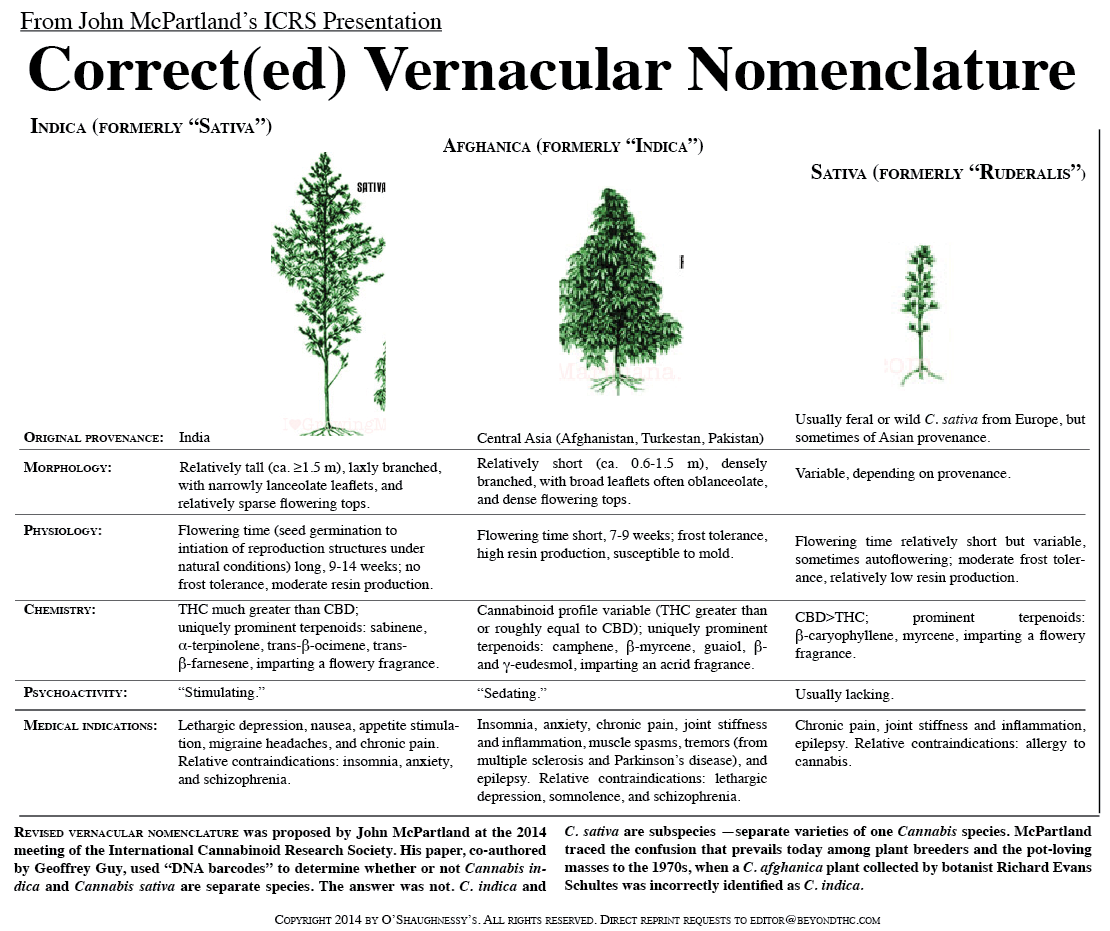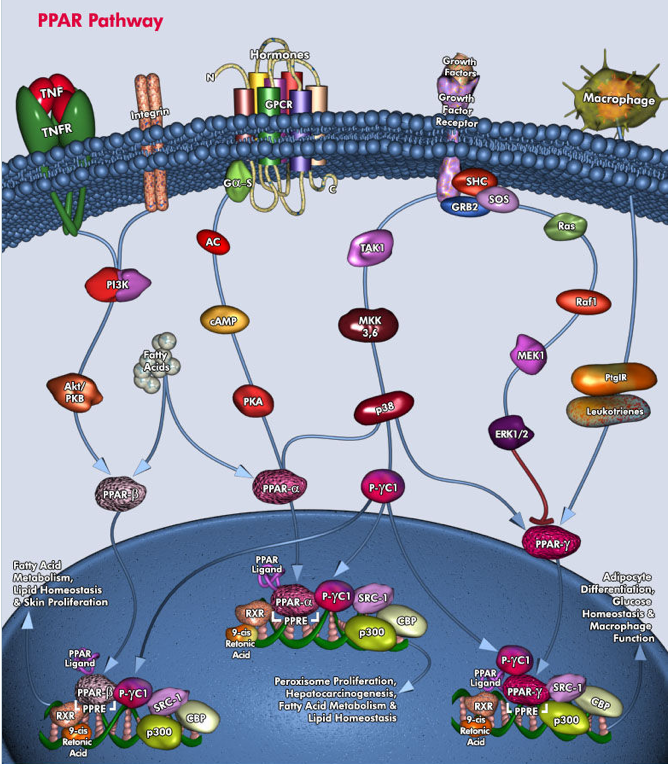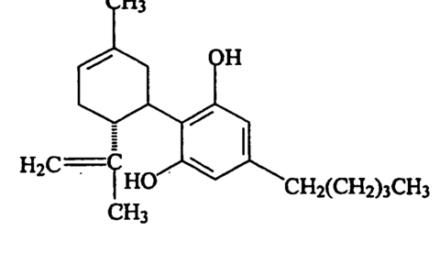Fourteen year-old patient with Autistic Spectrum, Seizure Disorder, Self-Injurious Behavior and Disruptive Behavior Disorder Diagnoses
By Dr. Michelle Sexton
A parent approached me in October of 2013 for consultation regarding her 14 year-old daughter with diagnoses of Autism, transient tic disorder, partial complex seizure, self-injury behavior (SIB) and Disruptive Behavior Disorder. The chief complaint was SIB and aggression that had become life-threatening, and was previously well-controlled with lamictal (sodium-channel blocker for seizure, used for bi-polar disorder). The SIB had increased four months after menarche (March 2012), but subsequent continuous birth control had no effect in controlling it (puberty is known to exacerbate these symptoms, as well as seizure control).
She was adopted from China, (no family/personal medical history) She had required 24/7 care for much of the previous 19 months, requiring her to be held or restrained, culminating in her need to be held 24 hours a day. She had previously broken both of her hands, both of her feet, fractured her face, as well as suffered numerous other injuries to her body as well as sustaining injury to her mother. The number of visits to the ER were reported to be “well over 50”, sometimes averaging 3+ a week. She was also on verapamil (calcium channel blocker, for migraine), Remeron (mirtazapine- a tetracyclic anti-depressant), hydroxyzine (an antihistamine prescribed for antipsychotic, sedative properties) and melatonin (a natural hormone) for sleep, with little effect.
Since the increase in SIB, she had also been prescribed Trileptal, Abilify, Prozac, Naltraxone, Klonopin, Ativan, Remeron, Clonodin, none of which helped, and some worsened or intensified the SIB, or created more side effects. Despite this, her doctors were recommending that she “hold off” on trying Cannabis as a therapy. Her mother said “If we can find something to help our daughter from hurting herself 24/7, as well as some of her other issues, it would mean the world to our family.”
The patient was removed from school in January 2013, subsequently spending 6+ weeks in the Inpatient Psychiatric Unit at Children’s Seattle. In May 2013, post-inpatient care, she was placed on the WA State Children’s Intensive In-home Behavioral Supports (CIIBS) waiver (which provides additional support when Medicaid state plan services and other supports are not sufficient), and began these services at 35+ hours per week. The patient had returned to school in October 2013 for 15 minutes per day and was increasing, as tolerated, with contracted behavioral support, although the mother says that this had “not even touched the iceberg yet, we are seeing improvements from where she was but steps are so small”.
Upon consultation, I recommended that the mother initiate a CBD-rich preparation, supplementing with THC at night, in an attempt to provide a sedative effect (so that the mother could sleep). Her mother obtained a medical cannabis recommendation for her daughter in WA State and purchased some “capsules” that were labeled 3 mg THC, 10 mg CBD, providing one to her at night. (the label claims it was made from a “Harlequin” variety of Cannabis.) Her daughter weighs about 45 kg. and I recommended 4 mg THC to start (0.1 mg/kg). As part of a naturopathic approach I also recommended methyl-folate, hair analysis for lithium deficiency, and magnesium supplementation.
After three nights of giving the capsules (Nov. 2013), the mother reported to me that “she has been sleeping through the night and not holding on to me at all” and that she was not as “keyed-up” upon awakening. A month later (January 2014), her mother reported that her daughter is now going to school for 1-1.5 hours a with “. . .no worsened behavior at all. She has actually had a couple of pretty good days. All in all she had 30 minutes of “hands-free” time at school (which means she did not ask to hold any one’s hand), and participated in activities for 30 minutes before becoming stressed/anxious and needing support. This is huge!”
At this time her mother also reports that her daughter is “awake all night” on 13 mg CBD, 4 mg THC, 6 mg time-released melatonin, 7.25 mg Remeron and 250 mg Lamictal. I recommended a different brand of melatonin, epsom salt baths at bedtime and initiating music and relaxation techniques at bedtime. I also suggested trying a different variety of Cannabis that might have a more sedative effect and lithium orotate, 5 mg. The mother subsequently initiated a Cannabis extract with no CBD at night, giving 10 mg the first night and 13 mg the second night.
In February 2014 the mother reported that “The last batch of oil (she is now using a standardized concentrate made with ACDC flower, provided for free by New Leaf Enterprises in WA State) with higher THC (6% vs 3%) worked great for her and I started using it for all 3 doses instead of supplementing at night with something else for sleep, and she has done great.” At this point the patient was receiving 2mg/kg CBD for a total of 84 mg/day (2.25 mg THC per dose). The mother has also been in the process of weaning Lamictal and Verapamil. Hydroxyzine had also been removed but it was added back, due to a “rough spell”. The nights are getting better for the patient as she was sleeping better.
As of February she was going to school 4.5 Hrs a day, 4 days a week and 6 hrs/day on the 5th day. She was reported to be less anxious with toileting, bathing, and over all mood has been “amazing”. The family can now go out safely in the car (still with 3rd person) and can be “involved” in activities such as community grocery shopping, or to the craft store.
In April, the patient was at a dose of 3 mg/kg CBD for 129 mg a day (3.75 mg THC per dose). She also receives an additional 10 mg THC at night for sleep. The mom has been “taking it slow” to wean the Lamictal, from 500 mg to 250 mg. In May, her dose of CBD was 3.5 mg/kg CBD or 152 mg/day (50 mg TID ; 4.5 mg THC per dose).
This fourteen year-old patient, prior to starting cannabinoid therapy in late November of 2013, had life-threatening SIB requiring multiple hospitalizations, severely affecting the quality of life of the entire family. Her SIB rate of 83% (measured at school by DOH Behavioral Specialist) dropped to 1% after several months of cannabinoid therapy. The mother reports that “All in all, things are night and day from when we started. . . still have work to do, but life is better”. When her conventional doctors were out of tools, and behavioral therapy was of minimal benefit, Cannabis stepped in as an adjunctive therapy that appears to have bridged a gap. According to the mother: “How I feel about it is that the behavioral therapy and CBD . . together have really been a team effort. Without either one I do not think we would have seen the benefits solely without the other. What she was able to learn from the intense behavioral therapy she was able to apply once the CBD was started and putting her mind, body, brain in a place where it could all come together.”
As a result of this patient’s recovery of function, her CIIBS Case Resource Manager invited myself to present on the topic of cannabinoid therapy to a group of WA State Department of Health Services Case Workers, Psychologists and Behavioral Specialists who work with special needs children in April 2014.
Parents with experience such as this seem to be beyond seeking legitimacy from medical professionals or the US government, and consider their experiences “authoritative knowledge”. However, by being knowledgeable about dose, and using slow upward titration of quality-controlled botanical medicine, along with prescription withdrawal, they may be strengthening lay-medical relationships. This story is testimony to one doctor witnessing a social movement where parents and patients are reclaiming their right to “self-care” that appears to be leading to a “re-medicalization” of Cannabis therapeutics. It is easy to understand how conventional medicine does not have a box in which to place such a potent “mind-body” medicine. Here, one parent describes how Cannabis has allowed for her to be able to “see new possibilities” for her life and family situation.
Recent update: In July, her dose remains at 3.5 mg/kg CBD or (152 mg/day; 50 mg TID ; 4.5 mg THC per dose) with 10 mg THC supplement at bedtime, along with 25 mg Hydroxizine, 7.5 mg Mirtazipine, 3 mg Melatonin for sleep and Continuous Birth Control.
Her SIB is staying consistent at a rate of 1% per month. Those episodes are normally brought on by periods of transitions or sudden onset of severe anxiety/panic with no antecedent. They are very short lived where before they could last for hours. Mom and dad are for the most part able to move around the house freely, no hands, though she will want to be close by or within eyes view. Mom is able to get up at night and leave bed to use bathroom or retrieve medication without SIB.
She will be attending day camp starting this week for the first time ever, 4 days a week for 4 weeks. She will have 1:1 available to her for assistance. This is huge for her as parents never felt she could handle it in the past. Also just had an extremely successful 4- day long weekend with fishing, water sports, fireworks “and she was very independent and actively involved. It was the first time in years that we did not have to cut a trip short and return home due to SIB.”




